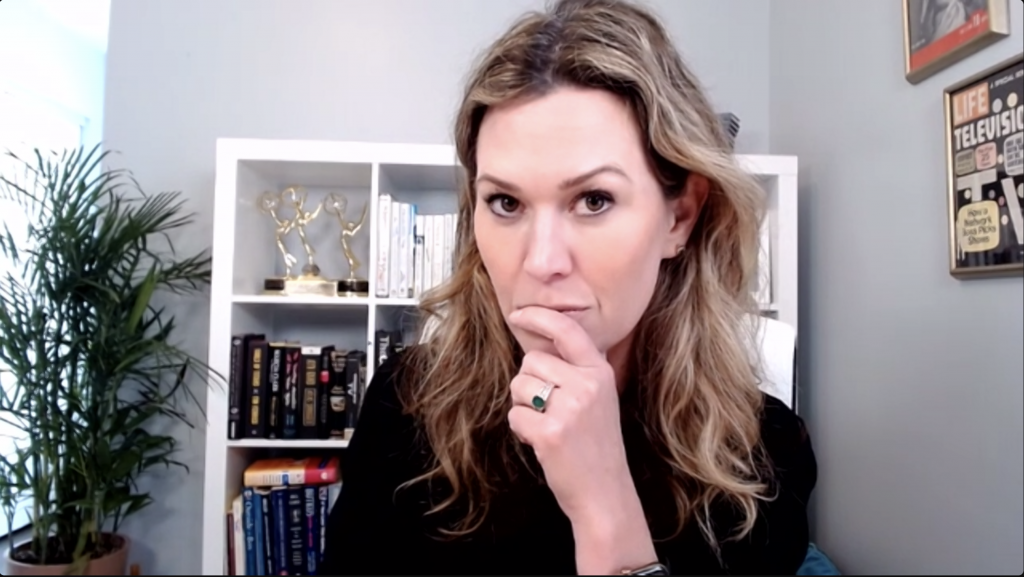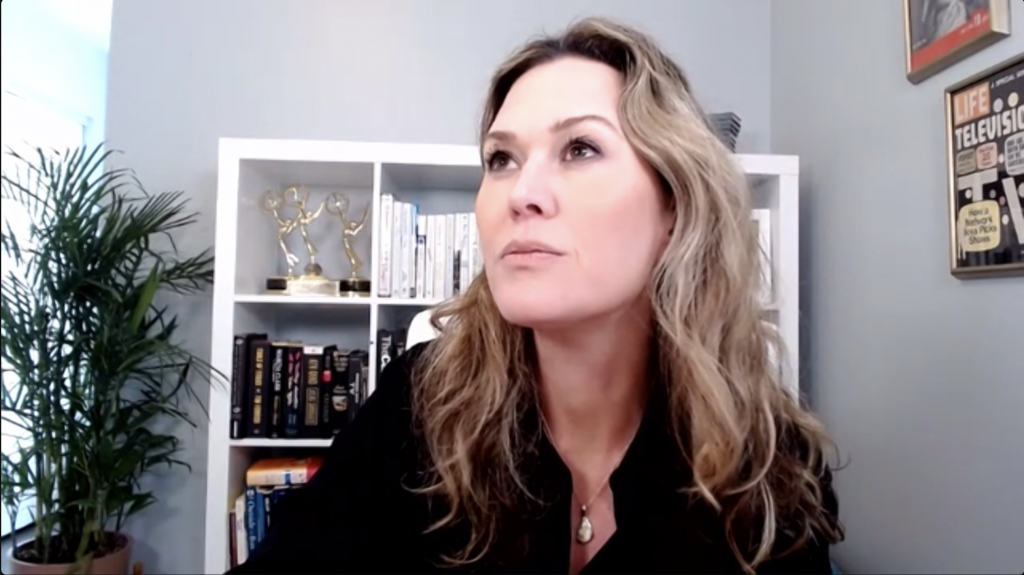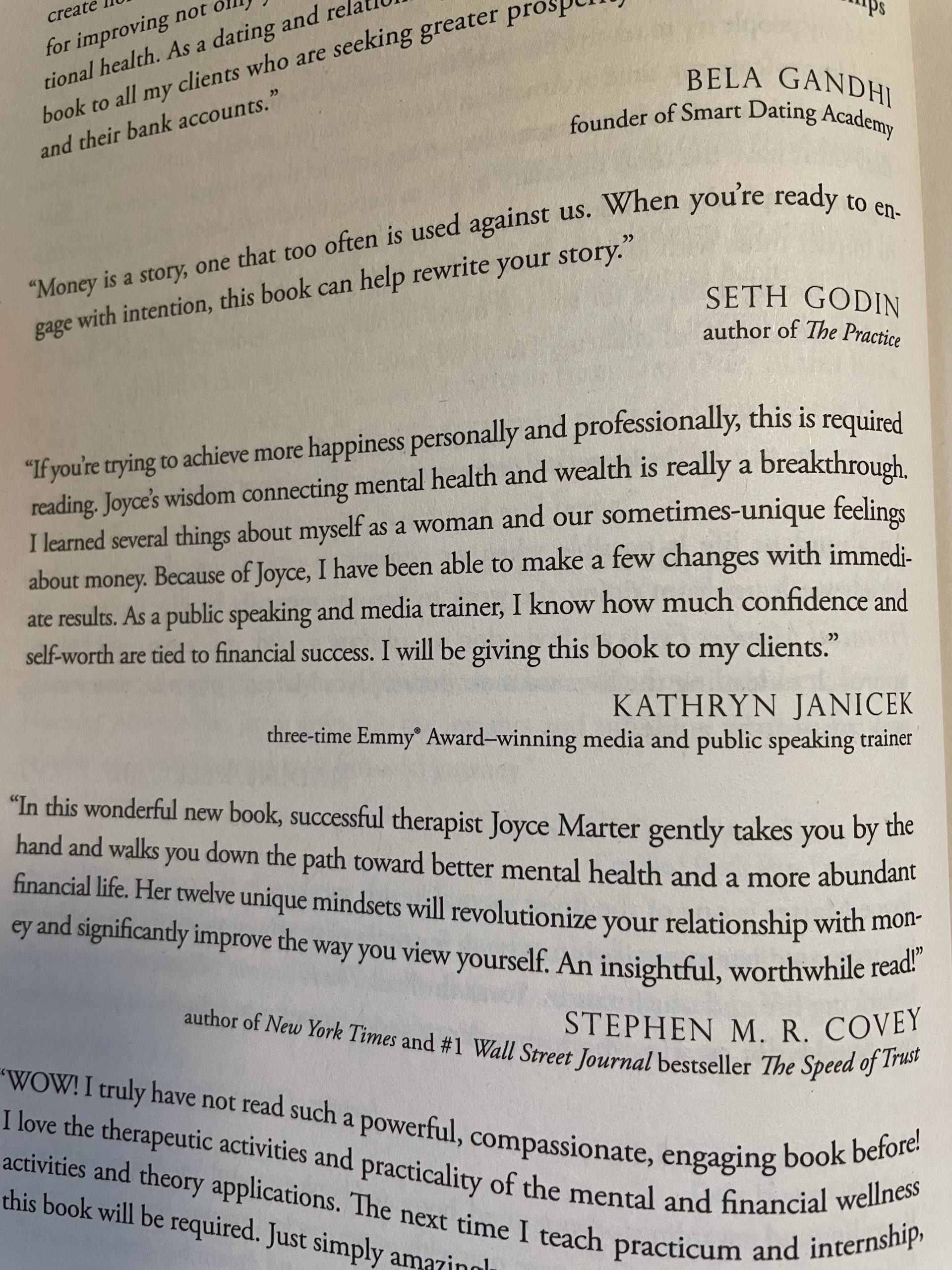If you have resistance to something this morning, trust your gut and know you feel that resistance for a good reason.
Sometimes we think we must push through, forcing something to happen. I fight this daily now. When I used to force things to go exactly as I wanted them to, even while facing resistance, it usually came at a high cost.
We celebrated Easter a week early. It was my daughter’s third birthday last week. Since my mom was flying in from Florida, I piggybacked Easter right onto the weekend, celebrating Zofie’s birthday on Saturday and Easter on Sunday morning before my mom, sister, and brother-in-law flew out Monday morning.
It was my first time hosting a “grown-up” holiday meal.
My dad died six months ago.
Typically, my parents would have hosted Easter.
This year, I was hosting.
The old me, the one who wanted to control everything and be the absolute best, would have stressed out over every detail of Easter brunch. She would have insisted on every detail remaining the same to honor my parents. Oh, and I didn’t mention: my mother is now blind. She gradually lost sight over the past ten years and cannot see now. So as I mourn the loss of my father and my mother’s ability to see my daughter and her only granddaughter and take her usually active role as the leader of our family, I wanted things to be safe and perfect for her.
The newer me, who I’ve been working hard to become by focusing on my mindset, decided to approach this meal differently. I decided if I felt resistance to something, I would listen to my gut and back off that thing.
I still put my all into planning a wonderful holiday meal. But I also relaxed with many things the old Kathryn would have obsessed over. The things I let go of included:
- Not attempting to learn how to make Pierogi. I haven’t been in charge of this in the past and knew it would be a huge undertaking to learn.
- Not making the traditional lamb cake, even though my mom had brought the cake mold for it in her suitcase from Florida. On Saturday night, we decided the leftover cake from Zofie’s birthday would enough.
- Not running all over the city to find nitrate-free Easter sausage, even though I couldn’t eat the sausage. I don’t even think this exists.
- Not making my great-grandmother’s Easter bread, which my father had beautifully mastered. It took my dad a long time to perfect this recipe, and this was not the year to add this to my plate. Maybe one of my sisters will take this on. Or maybe not!
- Not polishing the silver. Clean was good enough for me this time around. I was not going to rush around as my father did each holiday, polishing the silver. Nor would I push my husband to take this on. Clean is enough.
- Not hiding eggs for my daughter to find. Zofie had her egg hunt this morning, the actual day of Easter. I didn’t want to force/rush that either.
- Not insisting on my daughter’s afternoon nap, which I’m usually a stickler about each day. She would be fine if she missed it. I didn’t want to rush brunch to fit into her nap schedule.
- Not doing the dishes right away. A pile of dishes on the counter for a few hours wasn’t going to hurt anyone.
In choosing not to do these things, I trusted that there was a more significant reason that I had felt resistant to them. Very quickly, the reasons became obvious.
- By not making Pierogi or the lamb cake, I had free time on Saturday night to connect with my husband, who would be leaving the next afternoon for a work trip to Washington, D.C. Our time together helped us stay calm and centered during the next busy morning.
- By not running all over the city or specially ordering nitrate-free sausage just because I do not eat nitrates, my mom and I had a memory of shopping at an authentic Polish deli. It was fun navigating in a Polish-speaking store. I have many memories of doing this as a child. It was better for me. Even though I didn’t eat the actual sausage myself, my family enjoyed the authentic flavors they love.
- By not polishing the silver at the last minute as my dad had, I didn’t upset my mom, who admitted that day how much his routine used to stress her out at holiday meals.
- By not making my Dad’s Easter bread, I made space for the memories we have of his perfect bread. Since I’m not a baker, my bread wouldn’t have tasted like his, and it could have been upsetting to all of us that he is no longer with us.
- By not having the egg hunt or doing the dishes right after the meal, I spent more time with my family and stayed present when I said goodbye to everyone.
- Since it was a warm day — a rarity in Chicago in early April — I took my daughter to the playground after my husband left for his flight. Now I’ll always have the happy memory of playing with my 3-year-old on the swing on a beautiful afternoon day instead of wasting the sunlight doing the dishes.
As I played with her, I reflected on what a perfect holiday meal it had been. It turned out that everyone felt the same way, as I got texts from every member of my family telling me what a good time they’d each had. I could not have planned for a better outcome if I had tried, so I’m glad I decided to do less.
The truth is, less often leads to so much more.
More time doing what we love.
More time sharing our gifts with people we care for and who care for us.
More time making memories.
As thought leaders, we need to remind ourselves of this. It can be tempting to say yes to everything — the proposal, the new gig, the big client, the huge interview. But if we feel resistance to it, we must learn to listen to it and honor it.
My business coach frequently reminds me that it’s not necessarily procrastination if we keep putting something off. Instead, there could be a deeper reason when things aren’t coming together effortlessly.
Maybe there’s a better client for us waiting in the wings. Perhaps we’ll need to take time off unexpectedly and will later cancel that speaking engagement. Or maybe we need to bring our 3-year-old to the park so that her earliest memory is of her mom, smiling and gently pushing her on the swing on a beautiful afternoon day.
P.S. Want more tips? Be sure to sign up for my LinkedIn newsletter where you’ll get exclusive tips on strengthening your mindset to become a better communicator. Click here to subscribe to Thought Leaders Amplified on LinkedIn.
P.P.S. I created a training program for healthcare professionals who need to discover their message and story, deliver it clearly, succinctly, and confidently, and present in a way that intrigues, entertains and keeps the audience’s attention. Share it with your friends in healthcare. Check it out even if you’re not in healthcare. The tips and tricks are universal. Click here to learn more.
P.P.P.S. Whenever you’re ready… here are three more ways I can help you build your brand, own your voice, and stand out:
- Want more tactical advice you can implement today? Check out my blog here for great articles, stories, and lessons I’ve shared over the years.
- Looking for one-on-one coaching or a consultation with me? Schedule a complimentary call here to speak to our team about how we can help you.
- Follow me on Instagram here for more media and public speaking tips, videos… and a little fun.







